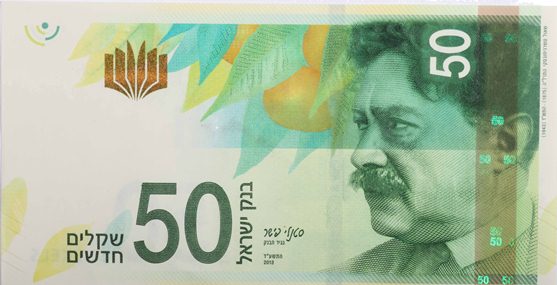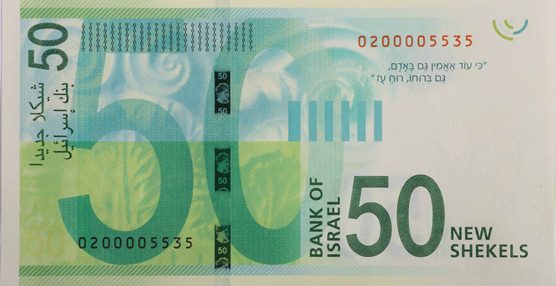 As was announced last year, Poland will introduce updated banknotes in April with new security features. The news on the website of the National Bank of Poland:
As was announced last year, Poland will introduce updated banknotes in April with new security features. The news on the website of the National Bank of Poland:
On Monday 7 April 2014, Narodowy Bank Polski will start a gradual introduction of banknotes with modernized security features to circulation. The modified banknotes, with face values of 10, 20, 50 and 100 zloty, will replace worn or damaged banknotes that are withdrawn from circulation under regular operations of cash provision to commercial banks. All the banknotes currently in circulation will remain legal tender for an indefinite time.
"The main goal of modernizing the security features is to keep the security of cash transactions at the highest level over the next years. At the moment, Polish banknotes are seldom counterfeited (around 8 cases of counterfeiting against a million of banknotes in circulation), yet technological advances having taken place in the area of banknote securi-ty features over the past 20 years call for such an operation. Narodowy Bank Polski is now ready to put banknotes with modernized security features into circulation", says Marek Oles, Director of the Cash and Issue Department of NBP.
Narodowy Bank Polski has successfully completed acceptance tests of all sorters. They confirmed that the devices were ready to process the modernized banknotes. In December 2013, NBP provided professional cash handlers with the modernized banknotes, to allow them to calibrate the devices which required such adjustment (sorters, counters, deposit ATMs, dispensers, etc.) Since last year, Narodowy Bank Polski has held intensive training sessions for over 5 thousand people professionally handling cash. The Bank also cooper-ates with commercial banks and other businesses that handle cash.
"It is worth stressing that Narodowy Bank Polski will not be taking any dedicated measures to withdraw the current banknotes. The modernized banknotes will replace the damaged or worn ones, so during the first few months they will account for a mere fraction of all banknotes in circulation", adds Director Marek Oles. The graphic design of the modernized banknotes has not changed, yet the new security features will distinguish banknotes of the new issue from the old ones.
The most significant changes the public will see on the modernized banknotes are the watermark on an unprinted field, introduction of iridescent ink and an enhanced recto-verso security feature. It is worth remembering that the banknote with the face value of 200 zloty will re-main unchanged for the time being, and none of the modernized banknotes will come into circulation before 7 April 2014.
Things to keep in mind:
- in a month’s time, on 7 April, NBP will commence the provision of the mod-ernized banknotes to the commercial banks; thus, the banknotes will start their general circulation;
- the operation is of a purely technical character - the images will not change significantly; only the security features will be modified;
- the current banknotes will be legal tender indefinitely;
- the 200 zloty banknote is not due for modernisation for the time being - yet, bearing the security of cash transactions in mind, banknote modernisation is an ongoing process.
 Banco Nacional de Angola (BNA) has announced that the old kwanza notes will be replaced by the new 2012 series. The old notes will remain legal tender until 31 December 2014. After that date they can only be deposited at the Central Bank until 30 June 2015. This operation starts immediately.
Banco Nacional de Angola (BNA) has announced that the old kwanza notes will be replaced by the new 2012 series. The old notes will remain legal tender until 31 December 2014. After that date they can only be deposited at the Central Bank until 30 June 2015. This operation starts immediately.
All the images of the current series can be found here.
 The Reserve Bank of Australia has published a paper on the Next Generation Banknote Project (PDF). This project aims to enhance the security of future banknotes from the land down under. The "NGB"-series will maintain the current color schemes and the people portrayed on the notes. The new series will still be printed on polymer but the design will be enhanced: more complex, intaglio and offset printing and multiple see-through windows.
The Reserve Bank of Australia has published a paper on the Next Generation Banknote Project (PDF). This project aims to enhance the security of future banknotes from the land down under. The "NGB"-series will maintain the current color schemes and the people portrayed on the notes. The new series will still be printed on polymer but the design will be enhanced: more complex, intaglio and offset printing and multiple see-through windows.
No date has been set but the new series will be issued in the coming years.
Three new banknotes for my collection this week, including one new country! A colleague was so generous to give a 20 francs from 1997 (P151i) to me with one of my favourite composers on it: Claude Debussy. Another new note is the 500,000 lira (P212) from Turkey. This is of course a note before decimalization (unfortunately).
The real treasure this week is the 204th country I've added to my collection: a 1 gulden note (P35a) from Curacao. I had been looking for a Curacao note for some time and I finally found one on eBay which was sold for a reasonable price.

 Talks between St. Maarten and Curacao about a common currency have been going on for years now. The lack of decision has now led to a shortage of coins on both islands. The Central Bank of Curacao and St. Maarten (CBCS) has indicated that the problems will be solved at the end of May or the beginning of June.
Talks between St. Maarten and Curacao about a common currency have been going on for years now. The lack of decision has now led to a shortage of coins on both islands. The Central Bank of Curacao and St. Maarten (CBCS) has indicated that the problems will be solved at the end of May or the beginning of June.
Curacao and St. Maarten were part of the Netherlands Antilles until 10 October 2010. They continued as autonomous countries within the Kingdom of the Netherlands (for an explanation of the difficult organisation of the Kingdom of the Netherlands I advice you to watch this cool video). Part of the decision back then was also to introduce a common currency: the Caribbean Guilder. Nothing has happened since because of disagreements between the two countries. St. Maarten in the meantime is thinking about adopting the US dollar as its currency. In the meantime the Netherlands Antillean guilder will still be used:
 RT.com reports: "The Crimean parliament has announced the Russian ruble will become the second official currency of Crimea and will be circulating alongside the Ukranian hryvnia until it is withdrawn in 2016. The decision marks the first step in the peninsula’s economic integration with Russia, after Crimea’s citizens overwhelmingly voted for joining Russia in Sunday's referendum."
RT.com reports: "The Crimean parliament has announced the Russian ruble will become the second official currency of Crimea and will be circulating alongside the Ukranian hryvnia until it is withdrawn in 2016. The decision marks the first step in the peninsula’s economic integration with Russia, after Crimea’s citizens overwhelmingly voted for joining Russia in Sunday's referendum."
There is of course still a lot of debate whether the referendum was illegal or not but Crimea (and Russia for that matter) doesn't seem to have any doubts and moves forwards towards a fait accomplie.
What most people don't know is that Crimea once had its own currency and banknotes. A nice example can be seen below on this 25 ruble banknote from 1918 (S371) with a map of Crimea on the back.
 Last year at the launch of the 10 dinar, the the vice-gouverneur of the Central Bank of Tunisia, mr. Mohamed Rekik, made a comment that the Central Bank would issue a new banknote of 5 dinar in the first quarter of 2014. Today, 17 March 2014, they have indeed issued the new banknote.
Last year at the launch of the 10 dinar, the the vice-gouverneur of the Central Bank of Tunisia, mr. Mohamed Rekik, made a comment that the Central Bank would issue a new banknote of 5 dinar in the first quarter of 2014. Today, 17 March 2014, they have indeed issued the new banknote.
The image below can be found on several newssites. I haven't been able to find a clean one without the numbers on it unfortunately. The dimensions of the new note are 143 mm x 73 mm and the dominant colour is green. The portrait on the front is of the legendary Hannibal. The issue date on the note is "03/20/2013".
Update 4-4-2014: better pictures.
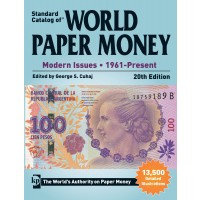 The letters SCWPM are familiar to any collector of banknotes as they stand for Standard Catalog of World Paper Money, issued by Krause Publications. Often criticized for its mistakes, omissions and flaws it is still the standard against which other (and better) catalogues are judged.
The letters SCWPM are familiar to any collector of banknotes as they stand for Standard Catalog of World Paper Money, issued by Krause Publications. Often criticized for its mistakes, omissions and flaws it is still the standard against which other (and better) catalogues are judged.
The latest issue of this catalog is the 2015 20th edition. Prices are all over the place but I managed to get hold of the digital version for a very good price. I like my catalogues on my iPad instead of having to carry a ton of paper around at fairs. Shopnumismaster has the digital (and paper) edition for $44,99 which is just over €30 for Europeans like me.
For that price and despite its obvious flaws, it's a bargain in my opinion.
 What was already expected, has now been confirmed: the Bank of England has signed a contract with polymer producer Innovia to produce the sheets of plastic needed for the new polymer banknotes.
What was already expected, has now been confirmed: the Bank of England has signed a contract with polymer producer Innovia to produce the sheets of plastic needed for the new polymer banknotes.
Innovia, whose polymers are used for bank notes by more than 20 countries, will establish a plant in Wigton in northwest England to produce the materials. The Bank said notes will continue to be printed at its works in Debden in southeast England, which is run by De La Rue. Innovia Security is an Australian division of UK-based Innovia Group.
The new notes will be smaller (by around 15%). The first polymer note to be printed and issued will be the £5 note with the image of Sir Winston Churchill. This note will enter circulation in 2016, shortly followed by the £10 note with the image of Jane Austen.
As we all know banknotes can be true pieces of art. This becomes even more clear when you zoom in on all the details in the design of a note. And I mean, REALLY zoom in. Two famous banknotes have just gotten the gigapixel treatment and are ready for your viewing pleasure.
The new US 100 dollar can be found here as a 0.71 gigapixels photo, but the cherry on the cake is this US 2 dollar bill which is a whopping 8.26 gigapixels big! Thanks to /r/papermoney for finding these nice pics.
 Just recently the Reserve Bank of India (RBI) announced that all pre-2005 banknotes would be withdrawn from 31 March 2015. Now the Bank has announced that it will extended the deadline for exchanging those banknotes to 1 January 2015.
Just recently the Reserve Bank of India (RBI) announced that all pre-2005 banknotes would be withdrawn from 31 March 2015. Now the Bank has announced that it will extended the deadline for exchanging those banknotes to 1 January 2015.
The RBI said the rationale behind its move to withdraw banknotes printed prior to 2005 is to remove them from the market because they have fewer security features compared to banknotes printed after 2005.
 Israel is preparing for the introduction of the first two banknotes of the new series: the 50 and 200 NIS (new Israeli shekel). The new series was presented in April 2013 and the first two notes were scheduled for the end of last year. In August however the Bank of Israel made clear that their would be a delay of several months before the first note would be issued.
Israel is preparing for the introduction of the first two banknotes of the new series: the 50 and 200 NIS (new Israeli shekel). The new series was presented in April 2013 and the first two notes were scheduled for the end of last year. In August however the Bank of Israel made clear that their would be a delay of several months before the first note would be issued.
This week the Bank of Israel issued a press release with the final design of the new 50 NIS note. This was done to aid manufacturers, suppliers, and operators of vending, counting and sorting machines, in order to calibrate them to accept the new banknote. There are some small changes from the original concept like added security elements and some added imagery. More details can be found in the press release.
Banknotenews.com reports that Guatemala has just issued a new version of their 20 quetzal note. This note is still printed by the Canadian Bank Note Company but this will soon change. The Russian printer Goznak has relased an interview with Arkady Trachuk, General Director of Goznak. In this interview he indicates that Guatemala has signed a deal with Goznak to print the future 20 quetzal note.
In the same interview he indicates that a number of other countries are also clients of Goznak, like Lebanon, Yemen, Angola, Nigeria, Indonesia, Laos, Cambodia, and Vietnam to a smaller extent. One interesting thing he mentions is that Vietnam has shifted to plastic banknotes but is now in the process of coming back to the paper substrate (by Goznak).
|
|
 As was announced last year, Poland will introduce updated banknotes in April with new security features. The news on the website of the National Bank of Poland:
As was announced last year, Poland will introduce updated banknotes in April with new security features. The news on the website of the National Bank of Poland: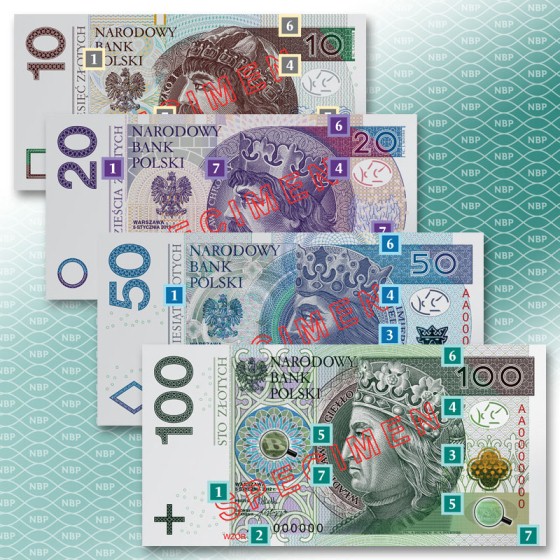

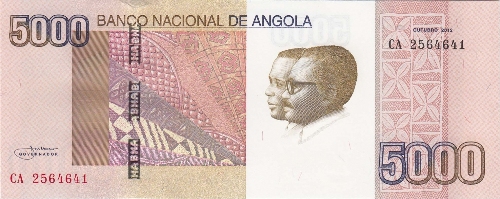
 The
The 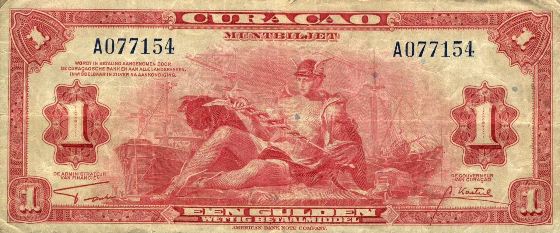

 Talks between St. Maarten and Curacao about a common currency have been going on for years now. The lack of decision has now led to a shortage of coins on both islands. The
Talks between St. Maarten and Curacao about a common currency have been going on for years now. The lack of decision has now led to a shortage of coins on both islands. The 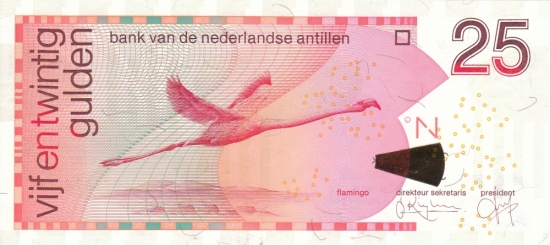
 RT.com
RT.com 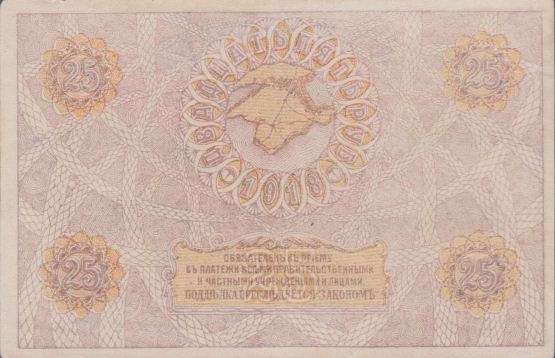
 Last year at the launch of the
Last year at the launch of the 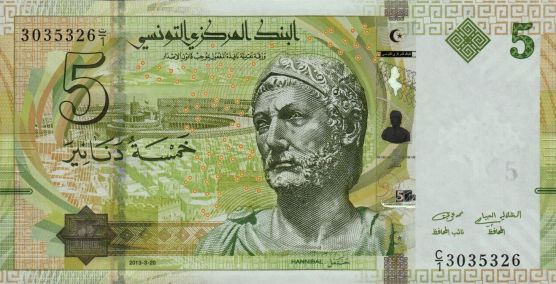
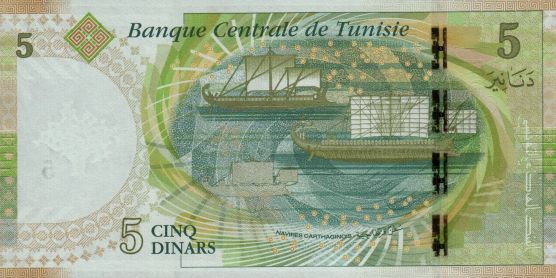
 The letters SCWPM are familiar to any collector of banknotes as they stand for Standard Catalog of World Paper Money, issued by Krause Publications. Often criticized for its mistakes, omissions and flaws it is still the standard against which other (and
The letters SCWPM are familiar to any collector of banknotes as they stand for Standard Catalog of World Paper Money, issued by Krause Publications. Often criticized for its mistakes, omissions and flaws it is still the standard against which other (and  What was already
What was already 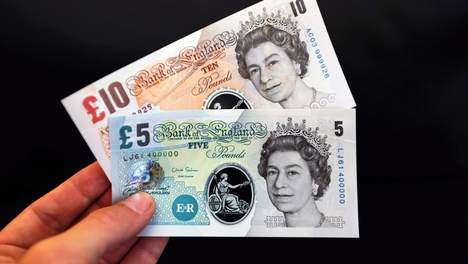
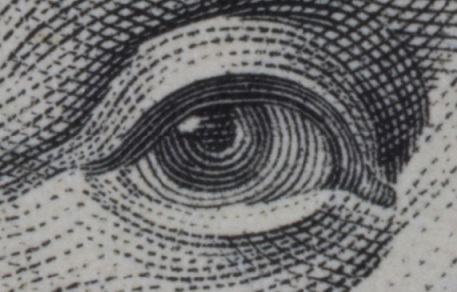
 Just recently the
Just recently the  Israel is preparing for the introduction of the first two banknotes of the new series: the 50 and 200 NIS (new Israeli shekel). The new series was
Israel is preparing for the introduction of the first two banknotes of the new series: the 50 and 200 NIS (new Israeli shekel). The new series was 